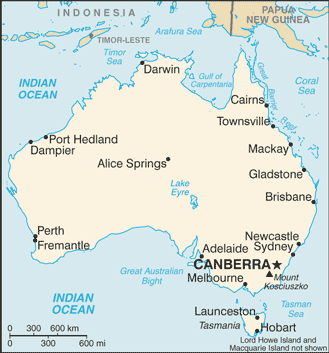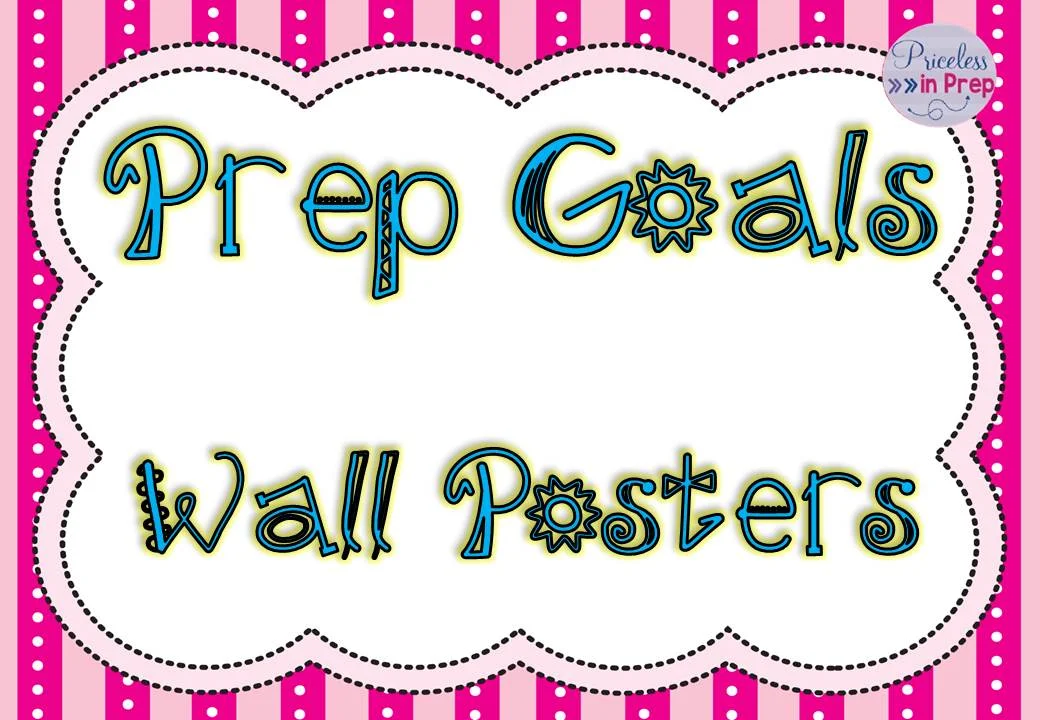 |
| Map of Australia; The CIA World Factbook |
Structure of Australian Schools
Education in Australia begins with Prep or Foundation (what the US calls Kinder) for children 4-6 years old, depending what half of the year they were born. Students usually graduate in Year 12 at age 17-18. There are options to leave school at the end of Year 10.
We are just now starting to have some schools transition into a “middle school” type format, however there are currently no specific schools just for these grades. We have either P-12 schools, or P-7 and then 8-12 for high school, with some high schools now starting to incorporate Year 7 as part of the middle school transition.
 |
| Jade's classroom; source: Priceless in Prep |
The School Calendar
My particular school starts the day at 8.20am, we have morning tea and a lunch break, and finish at 2.50pm. We generally tend to have our Christmas holiday a little earlier than the public schools because of our longer school day.
Our school year starts at the end of January, and runs through to the first week of December. More specifically, it typically runs from around 25 Jan (the 26th is a public holiday) to Easter, then from the beginning of April to June, from July to September, and then from October to the first week of December. We have a two-week break for Easter, and also have two week breaks between terms in June and September.
 |
| View of Queensland, Australia; source: Priceless in Prep |
Requirements for Becoming a Teacher
To be a teacher in Australia, you need to spend 4 years at university and obtain a Bachelor degree. You can do a 3 year Bachelor degree in a totally unrelated area, like business, and then do a 1 year bridging course to gain teaching qualifications. To teach ESL you can do a certificate online or through a university. I have a Masters Degree in Education (TESOL). When working solely in this capacity, we are called ESL Teachers.
 |
| Jade's classroom; source: Priceless in Prep |
English is the language of instruction. As I teach Prep, and am also an ESL teacher and qualified Dyslexic therapist, I teach all children the same, whether the come in speaking English or not. We start with phonemic awareness activities- listening for sound, rhyming, identifying beginning, medial and ending sounds, manipulating sounds, blending and segmenting sounds.... all before a single letter of the alphabet is taught. Here is an example of the kinds of resources I use with students:
 |
| Click HERE for more info about this FREE resource |
Our school uses the Words Their Way program to focus on spelling. We tend not to follow the book so much in Prep because it is very text heavy and doesn't fit the Jolly Phonics order, so we make up a lot of our own picture sorts, write the room sorts and eventually spelling pattern sorts and cloze sentence write the room activities. We focus on the structure of sentences -- in Prep we look at every sentence containing a who and a what (noun and verb). We also use Fountas and Pinnell's books and their 20 Days of Reading program, with a specific focus on prediction, inferring, making connections, schema, and big ideas.
Curriculum
 |
| View of Queensland, Australia; source: Priceless in Prep |
My understanding of the C2C from discussions with other teachers is that it is quite prescriptive and a bit restricting. You can read about the Australian Curriculum here. These posters in the Priceless in Prep TpT store complement the Australian Curriculum.
 |
| Click HERE for more info |
In Years 3, 5, 7 and 9 we have NAPLAN, which is a national test. It’s very strict and stressful for the students. It is undertaken as 3 separate tests and over a few days. Year 12 students would normally undertake a standardised test -- in my state, it is called QCS (Queensland Core Skills) and lasts for three days. This test gives students an OP score (overall position) which is used as a ranking to obtain entry to university. This system is rumoured to be changing soon.
Final Thoughts
No matter where you are, we all are wanting to achieve the same thing and have the same challenges. Teaching is a hard job and it takes a special kind of person to do it!
 |
| Flag of Australia; The CIA World Factbook |
Thank you very much, Jade, for sharing your knowledge of education in Australia with us! I had no idea what the education system in Australia was like so I really appreciate learning about it from you. You can read more about Jade’s teaching on her blog, also called Priceless in Prep, and you can find all her resources in her Priceless in Prep TeachersPayTeachers store.
You can find more posts in this series by clicking on these links to read about education in: New Zealand, Australia, Morocco, Sweden, England, United Arab Emirates, Scotland, Quebec (Canada), and South Africa.